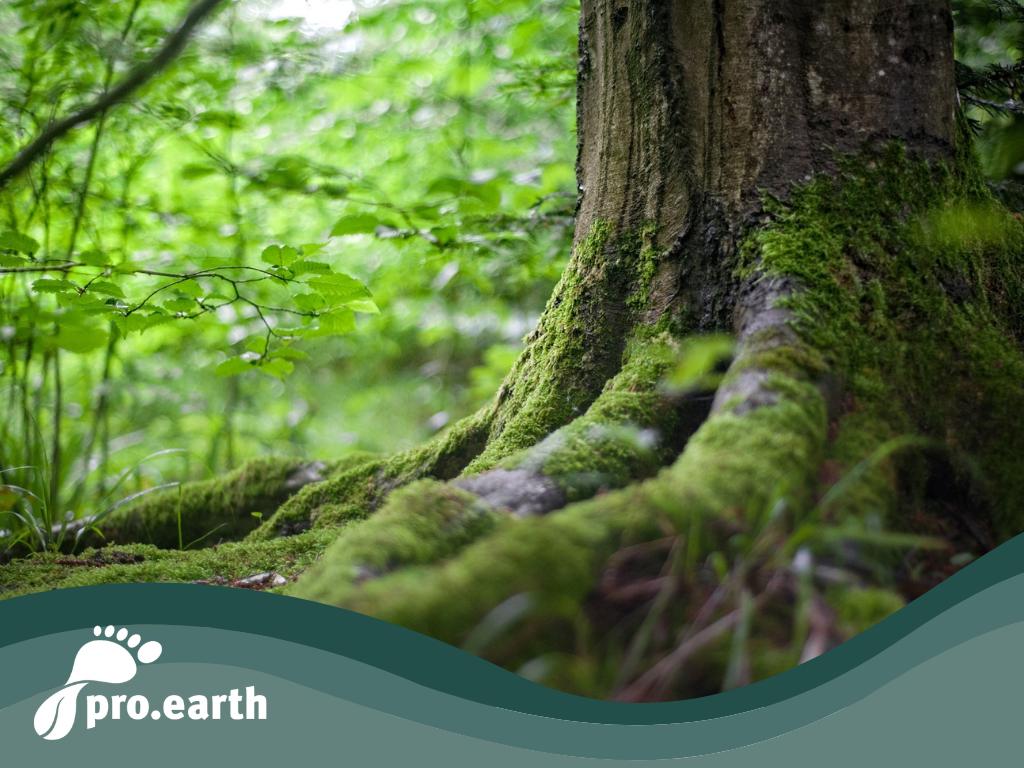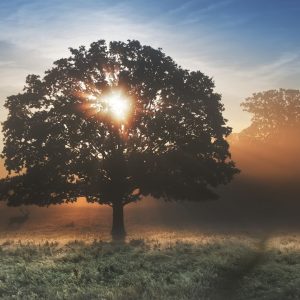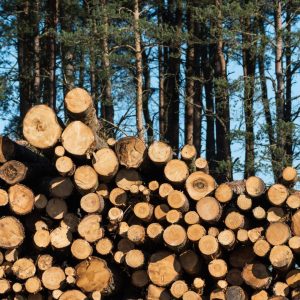Who knows where the largest primeval forest in Central Europe is located?

In Austria - on the southern edge of the Eisenwurzen region in the district of Scheibbs in the Lower Austrian Limestone Alps.
For 450 years, there were disputes between the Gaming and Admont monasteries over the rights of use. After the dissolution of the Gaming monastery in 1782, large areas were cut down.
The banker Albert Rothschild acquired the land in 1875 and ordered that the remaining 400 hectares of virgin forest be left as they were.
This is how this protected area came to be surrounded by the Dürrenstein-Lassingtal wilderness area, which covers around 3,500 hectares on both the Lower Austrian and Styrian sides.
What are the characteristics of the primeval forest?
🌳 The trees here can grow very old and very tall: up to 550 years and 40 meters in the case of beech, more than 600 years and 60 meters in the case of the other two most common tree species, spruce and fir. In a commercial forest, they would be felled at around 100 years of age and 30 meters in height.
Here they can live and die unhindered without being removed for forest hygiene reasons.
🌳 This in turn creates a habitat for numerous animal species, such as stag beetles, white-backed woodpeckers and Bechstein's bats, as they need precisely this dead wood.
🌳 In addition, unused forests such as the Rothwald store much more carbon in their soils than commercial forests.
Can you visit the forest?
A visit to the primeval forest is only possible to a limited extent, as there are around 100 excursions a year, but only around a quarter of these get a glimpse of the primeval forest.
The area would simply be too small for more visitors and the habitat too sensitive.
In 2021, the House of Wilderness opened in Lunz am See, which brings the special forest to life with modern technology such as virtual reality glasses and 180-degree cinema.






